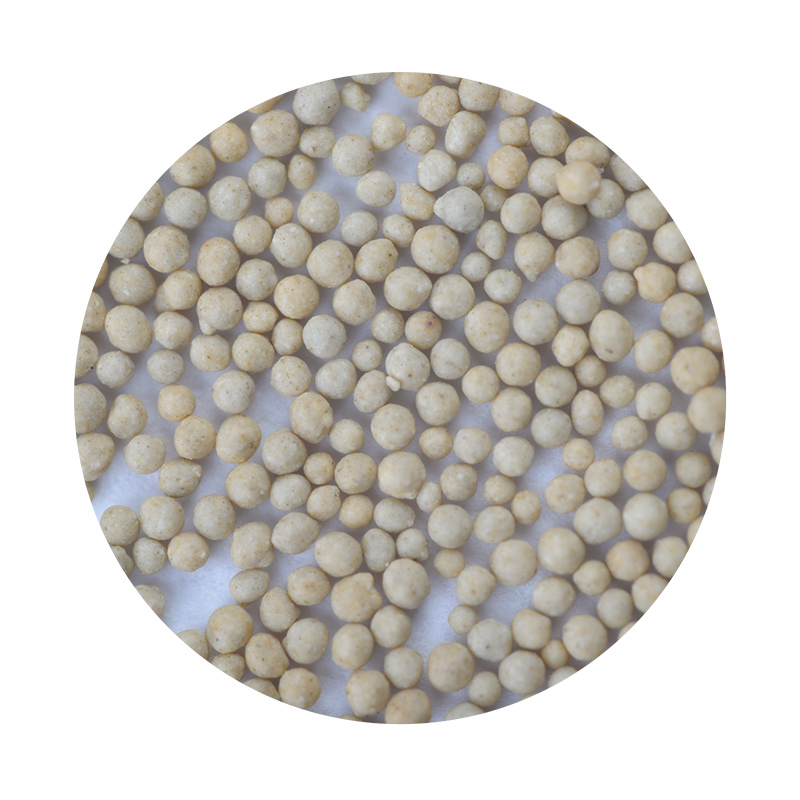Sand Casting Foundry An Overview of the Process and Its Applications
Sand casting is one of the oldest and most versatile metal casting processes, frequently employed in foundries around the world. The foundational concept of sand casting involves creating a mold from a mixture of sand and a binding agent, into which molten metal can be poured to form various shapes and components. This process has gained immense popularity due to its cost-effectiveness, adaptability, and the ability to produce complex geometries.
The sand casting process begins with the creation of a pattern, which is a replica of the object to be cast. The pattern is typically made from materials such as wood, metal, or plastic. Once the pattern is ready, the next step is to prepare the mold. A mixture of sand, clay, and water is packed around the pattern to form a mold cavity. The sand is usually a silica-based material that has excellent thermal properties and strength, which is essential for withstanding the heat of molten metal.
Sand Casting Foundry An Overview of the Process and Its Applications
The next crucial stage involves melting the metal, which is commonly done in a furnace. The types of metals used in sand casting can vary widely, including aluminum, bronze, brass, and iron, depending on the specific application and desired properties of the finished product. Once the metal reaches the required pouring temperature, it is carefully poured into the mold cavity. This step requires precision, as improper pouring can lead to defects such as air pockets or inclusions in the final casting.
sand casting foundry

After the molten metal has cooled and solidified, the mold is broken away to release the casting. This step is often met with excitement, as it reveals the finished component that has been formed in the intricate shape of the pattern. Post-casting operations may include additional processes such as machining, grinding, or surface finishing to ensure the final product meets the required specifications.
Sand casting foundries are instrumental in a vast array of industries, including automotive, aerospace, and art. They produce engine blocks, transmission cases, and various intricate components that require high levels of precision and strength. The versatility of sand casting means it can be used to create both small and large-scale components, making it an indispensable method in modern manufacturing.
One of the primary advantages of sand casting is its ability to produce complex shapes with relatively low tooling costs compared to other methods. Additionally, the process can accommodate large quantities, from one-off prototypes to mass production quantities. However, it does have its limitations, such as surface finish quality and dimensional accuracy when compared to more advanced casting techniques.
In summary, sand casting foundry plays a critical role in the metal manufacturing landscape. Its rich history and adaptability continue to drive innovation and meet the diverse needs of various industries. As technology evolves, sand casting is likely to incorporate new materials and methods, further enhancing its relevance and efficiency in modern production systems.
Post time:Oct . 12, 2024 12:57
Next:A Brief Overview of Sand Casting Techniques and Their Historical Development
